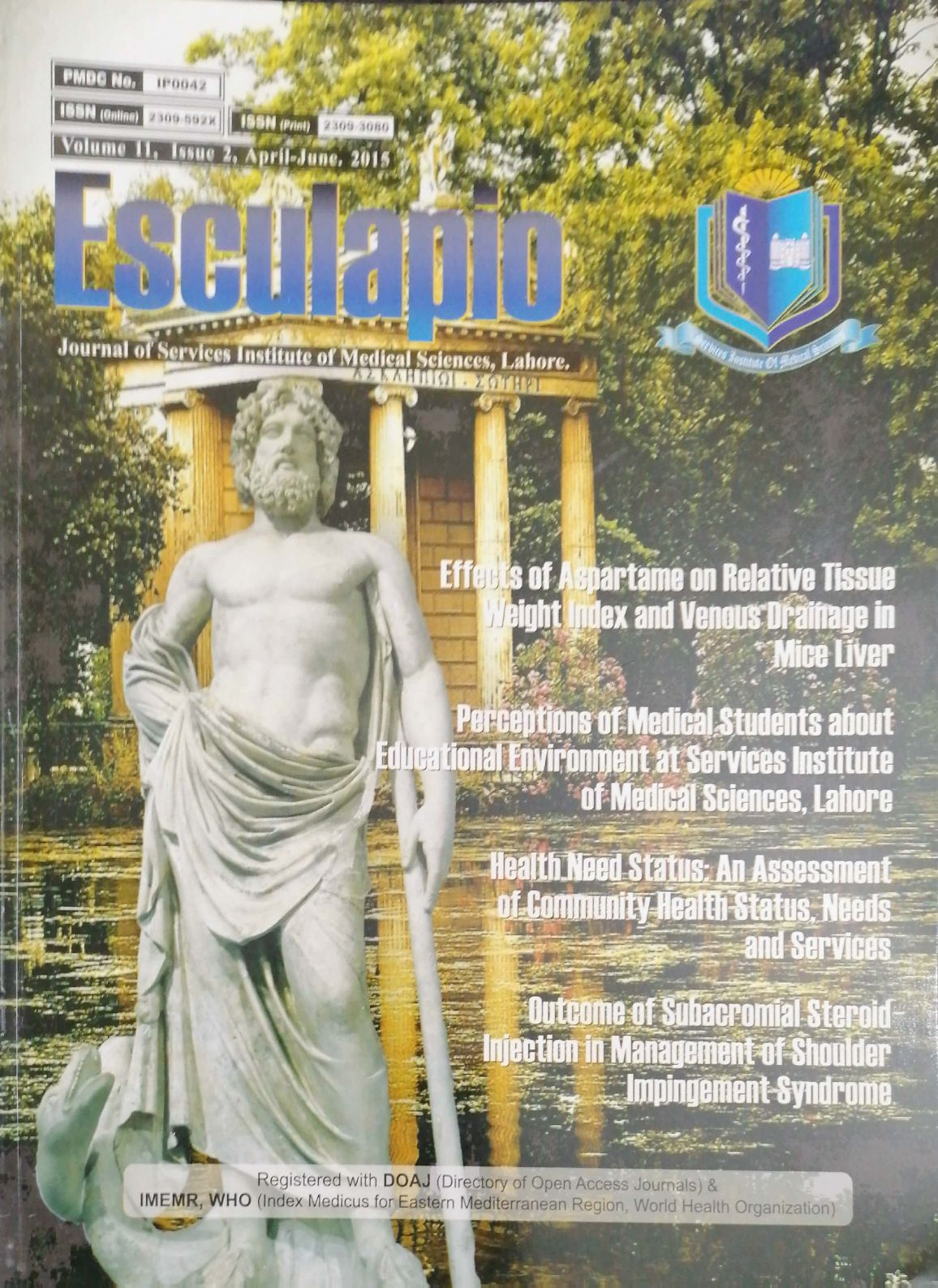Use of Mycobacterium Culture in Confirming Diagnosis of Tuberculosis in smear negative pulmonary Tuberculosis Suspects Registered in DOTS Implemented Setting at Lahore
DOI:
https://doi.org/10.51273/esc15.71123Keywords:
Tuberculosis (TB), Mycobacterium Tuberculosis (MTB), Pulmonary Tuberculosis (PTB), Acid Fast Bacilli (AFB), Ziehl Neelsen staining (ZN), , Löwenstein-Jensen medium (LJ)Abstract
Objective: Early diagnosis of disease and prompt initiation of treatment is essential for an
effective tuberculosis control programme. There is concern that smear negative pulmonary
tuberculosis may be over-diagnosed and treated in overburdened and resource poor countries.
This study was conducted to determine what proportion of patients being registered for smear
negative pulmonary tuberculosis treatment have microbiologically confirmed tuberculosis.
Material and Methods: Subjects of either sex above the age of 15 year with symptoms of and
x-ray finding consistent with pulmonary tuberculosis were selected. Sputum specimens of 124
smear negative pulmonary tuberculosis suspects about to be registered for smear negative
pulmonary tuberculosis treatment by the national tuberculosis programme were inoculated on LJ
culture medium to isolate the organism. The result of smear and culture were then compared.
Results: A total of 124 sputum smear negative cases were subjected to culture on LJ medium.
Out of these 18(14.51%) were confirmed positive by culture.
Conclusion: Sputum culture is gold standard the diagnosis of tuberculosis. Complementing
smear negative cases with culture may help in reducing over diagnosis of pulmonary
tuberculosis










